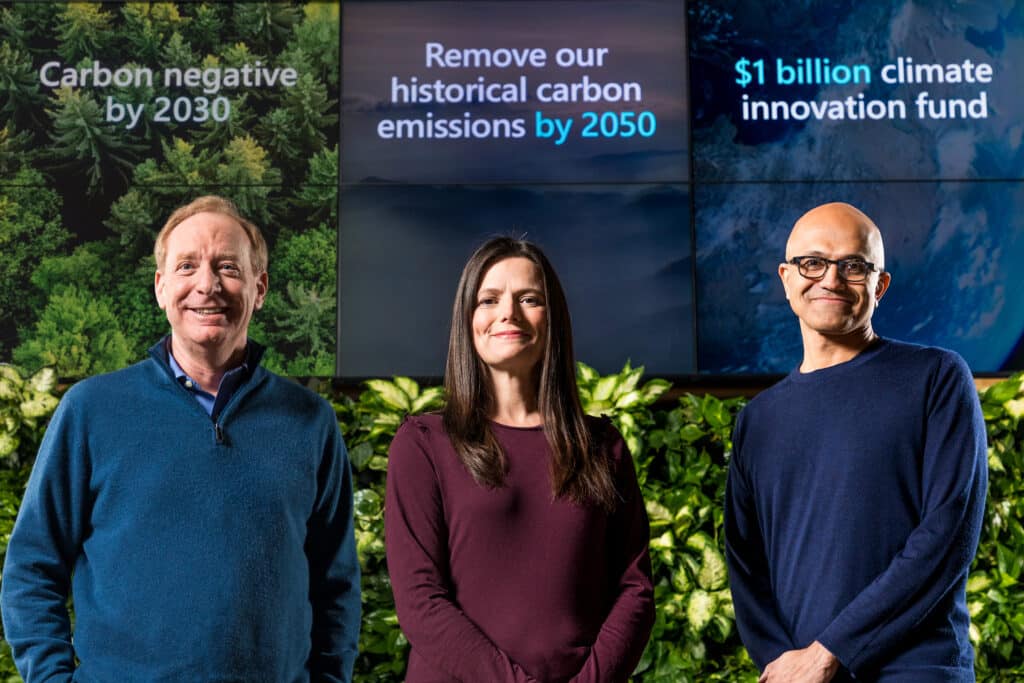Written by Dr. Federica Belfanti
(Strategy Consultant at Strategique (Italy), Post-doc Researcher and Lecturer of Strategy and Competitiveness at LIUC)
Climate change and ecological transition are nowadays two of the most urgent issues at the center of both national political debate and strategic agendas of some of the most important companies in the world. The goal is to achieve a global change process, a relaunch of the economy and production sectors within a well-defined framework focusing on protecting and respecting the environment. An objective that was immediately a strategic pillar of the European Commission and the vision of the newly appointed President, Ursula von der Leyen. The European Green Deal’s Investment Plan launched in January 2020, aims at making the European Union the first climate-neutral bloc in the world by 2050.
On the same line, some European countries – pioneered by France, Spain and Italy – have recently created Ministries of the Ecological Transition, meaning specific institutions responsible for preparing and implementing the government’s policy in the fields of sustainable development, climate and energy transition.

Source: https://blogs.microsoft.com/blog/2020/01/16/microsoft-will-be-carbon-negative-by-2030/
The idea of a “green economy” was born in 2006 with the so-called “Stern Report”, a study commissioned by the British government to Sir Nicholas Stern – former chief economist of the World Bank – which proposed a new type of economic analysis based not just on financial results but also on the environmental and macroeconomic impact of climate change, and their (negative) effect on world GDP. In the following years, a growing number of studies on the exploitation of Earth’s resources followed, highlighting an annual global consumption exceeding the capacity of the planet to renew itself, and marking the time and urgency of a widespread green transformation.
In 2020, global sustainable investment strategies have seen inflows of nearly USD 400 billion and are on track to grow almost twice as fast in 2021. It’s the dawn of what Larry Fink – President and CEO of BlackRock – defined, during the international climate conference in Venice, “the beginning of the most profound transformation of the financial system that I have seen in my 40-year career in finance”. According to BlackRock analysts, the green transition could bring up to 25% more cumulative GDP growth over the next two decades – an investment opportunity of at least $ 50 trillion.
In Europe, the trend of green investments is positive, although still not homogeneous between regions and supply chains. This is confirmed by a recent research conducted by the Institute for Entrepreneurship and Competitiveness (Liuc University, Italy) on green patent dynamics of Italian companies over the last twenty years. Research findings revealed a clear concentration of “green” investments in some Italian regions – in particular the most industrialized areas of Lombardy, Piedmont, Lazio and Emilia-Romagna. Moreover, the green transition is still concentrated in a few clusters, but at the same time it is becoming increasingly widespread. In fact, a growing number of clusters are investing in green technologies and innovation, in particular the Automotive, Production technologies and heavy machinery, Construction, Energy and Metalworking clusters.
To date, there are of course many valuable reasons for a company to invest in a green transition process as there are many examples of companies that have successfully faced it in recent years. According to a growing number of studies and research that, on average, economic and competitive performances of companies undertaking a “green” transition are higher. The University of Oxford conducted a research aimed at analyzing more than 200 academic articles linking companies’ investment in ESG practices and their economic performance. They found that about 90% of these papers showed a reduction in the cost of capital for these companies, 88% confirmed an increase in operational performance, and 80% an improvement in equities.
Certainly, but not only that. Investing in the green transition can also bring other benefits in terms of competitive advantage. First of all, by offering new green services, a company is more likely to be able to satisfy an emerging trend among its consumers or to enter a niche market, thus increasing its competitive position compared to its peers. This is the case, for example, of Sfridoo, an Italian consulting company that has found its niche in helping clients accelerate the transition to circular economy models. The company, founded in Bologna in 2017, help companies intercept the residual value of production surpluses, possible by-products and company electrical and electronic devices to transform them from disposal costs to a huge competitive advantage. Second, green initiatives are a clear signal to stakeholders, such as investors and customers, that the company is concretely committed to “doing good” for the planet. The value of a company is, in fact, always connected to the value it generates for the entire ecosystem and the community. This can lead to increased investment, customer base and stakeholder loyalty. Third, a green transformation leads to significant efficiency gains thanks to a reduction in energy costs, easier access to concessions, tax credits and bonuses for green investments, and an improvement in operational efficiency. These gains translate directly into commercial benefits. According to a latest report by GreenItaly 2020, eco-investments have proved to be a winning strategy even in the face of the crisis triggered by the pandemic from Covid-19: in the last year, 16% of “green” companies have managed to increase their turnover and 9% of them have hired new staff – against respectively 9% and 7% of companies less attentive to the environment.
Finally, it should also be highlighted how today jobseekers are increasingly attracted to companies that take care of the environment, especially among Millennials and Gen Z (and Gen Z by 2025 will represent about a third of our workforce). If a company is committed to an ecological transition, it means that not only will it be committed to protecting the environment, but it is also very likely that it will take better care of its employees. This is why “green” companies are those able to attract the best talents among young people and demonstrate higher levels of staff satisfaction. Furthermore, according to the results of a research conducted on a sample of more than 5000 companies, those engaged in green initiatives recorded a 16% increase in the productivity of their employees.


